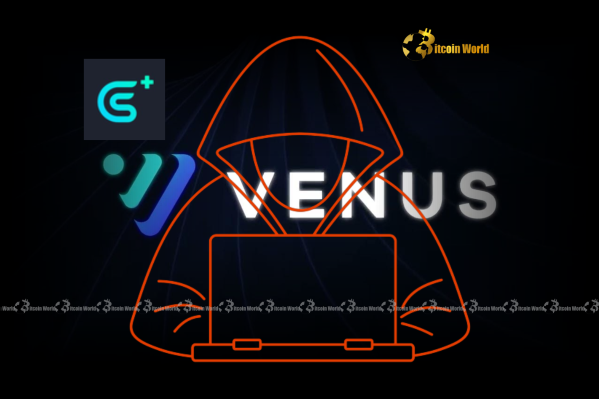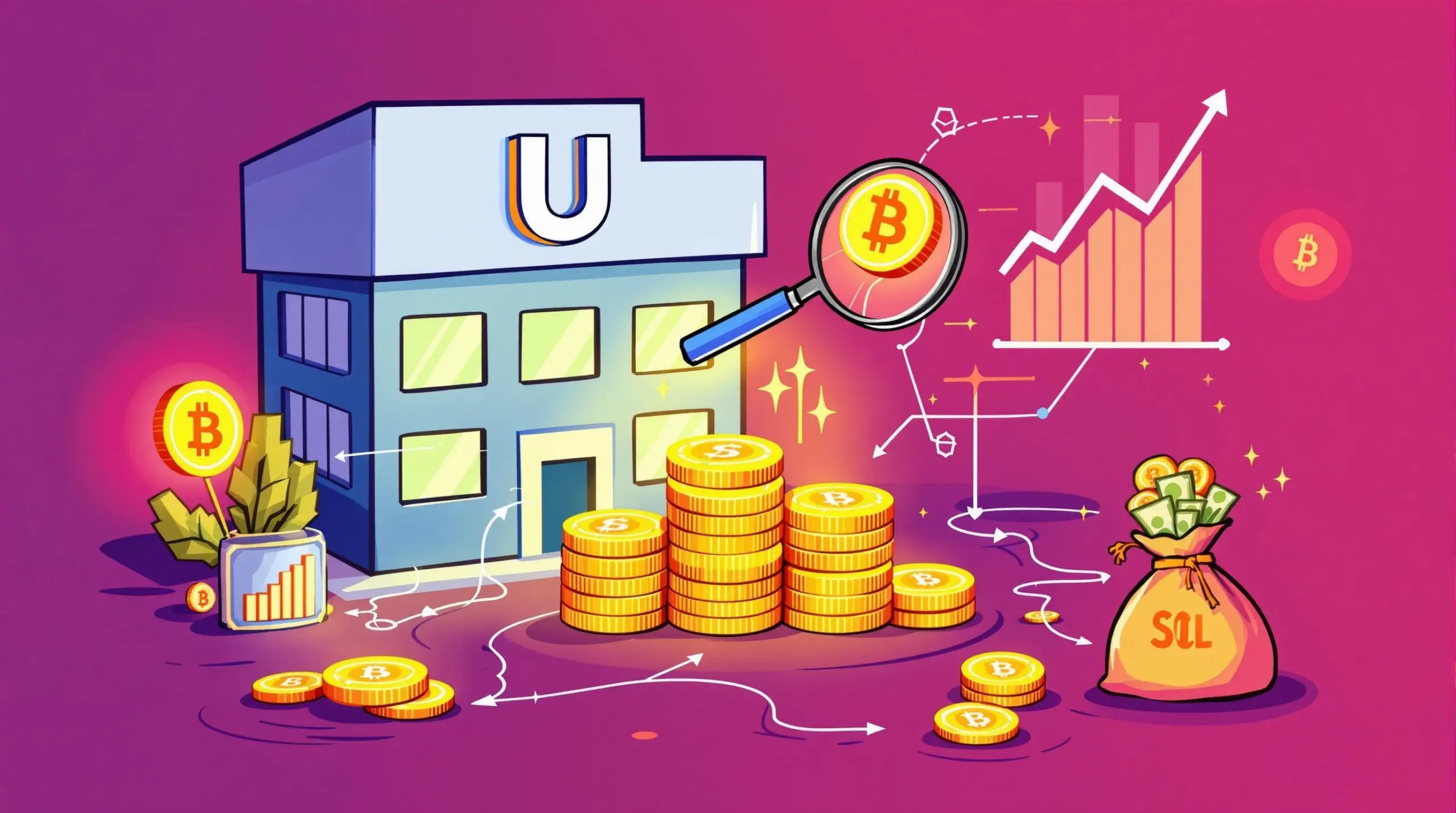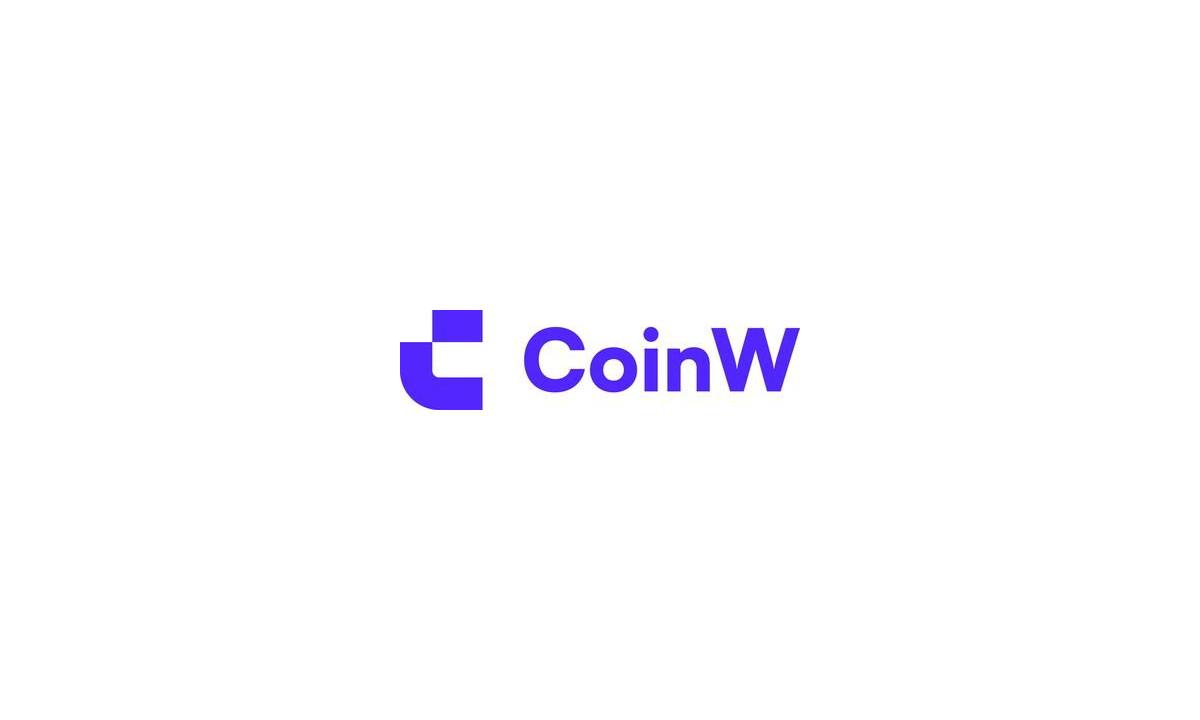BitcoinWorld

Web3 Security: GoPlus Unveils Crucial Clarification on Venus Protocol $2M Theft
The world of cryptocurrency is often a whirlwind of innovation, opportunity, and unfortunately, occasional security incidents. When news breaks of a potential exploit, the community holds its breath. Recently, the Web3 Security project GoPlus made headlines with a claim about a significant theft, initially suggesting a link to the popular decentralized lending platform, Venus Protocol. However, in a crucial update, GoPlus has now walked back that assertion, providing a clearer, albeit still evolving, picture of the incident. This development underscores the dynamic and often complex nature of security in the decentralized space, highlighting why robust security measures and accurate reporting are paramount.
What Was the Initial Alarm and GoPlus’s Crucial Update?
The initial report from GoPlus, shared widely on X (formerly Twitter), indicated a substantial $2 million theft, with an early implication that Venus Protocol’s contract might have been directly targeted. This immediately raised concerns across the Decentralized Finance (DeFi) ecosystem, given Venus Protocol’s prominence on the BNB Chain.
However, swift clarification followed. GoPlus later updated its stance, stating unequivocally that while a significant amount of vTokens – the yield-bearing tokens representing deposits on platforms like Venus – were indeed part of the stolen assets, there is “no current evidence linking the affected contract to Venus Protocol.” The original post alleging the direct attack has since been removed, a testament to the commitment to accuracy in the face of rapidly unfolding events.
This walk-back from GoPlus Security emphasizes several key points:
- Initial Assessment vs. Detailed Analysis: Early reports in the fast-paced crypto space can be based on preliminary data. Comprehensive analysis often reveals nuances.
- Commitment to Accuracy: GoPlus’s decision to retract and clarify demonstrates a dedication to providing precise information, even if it means correcting prior statements.
- Ongoing Investigation: The security firm has promised a detailed analysis report soon, which will hopefully shed more light on the true nature of the exploit and the specific vulnerabilities leveraged.
Unpacking the $2 Million Crypto Exploit: Was Venus Protocol Involved?
The core of the confusion revolved around the presence of vTokens among the stolen funds. vTokens, such as vUSDT, are integral to the functioning of lending protocols like Venus. When users deposit assets like USDT into Venus Protocol, they receive vUSDT in return, which represents their share of the pool and accrues interest. The fact that these tokens were stolen naturally led to an initial assumption of a direct attack on the protocol itself.
However, GoPlus’s clarification suggests that while vTokens were stolen, the point of compromise might have been external to the Venus Protocol smart contracts. This could imply:
- User-Side Compromise: Individual user wallets holding vTokens might have been targeted through phishing, private key compromise, or other personal security breaches.
- Third-Party Integration Vulnerability: A different smart contract or service that interacted with Venus Protocol (and thus held vTokens) could have been the actual exploit vector.
- Front-End Attack: A vulnerability in a user interface or web application rather than the underlying protocol logic.
Understanding the exact vector of this Crypto Exploit is crucial for preventing future incidents and for ensuring the integrity of the broader DeFi ecosystem.
Why is Decentralized Finance (DeFi) Security So Challenging?
The incident, regardless of the ultimate culprit, serves as a stark reminder of the inherent complexities and challenges in securing Decentralized Finance (DeFi). Unlike traditional finance, DeFi operates on immutable smart contracts, often with open-source code, and relies on user self-custody. This brings both immense power and significant responsibility.
Key challenges include:
- Smart Contract Risk: Bugs or vulnerabilities in the code can be exploited, leading to irreversible loss of funds. Audits are essential but not foolproof.
- Interoperability Risks: DeFi protocols often interact with each other, creating complex dependencies where a vulnerability in one protocol can cascade to others.
- Oracle Manipulation: Exploiting price feeds to gain an unfair advantage.
- Flash Loan Attacks: Using uncollateralized loans to manipulate markets and drain funds, often combined with other vulnerabilities.
- User Education: The responsibility of securing private keys and understanding complex transactions largely falls on the individual user.
The Intricacies of Maximal Extractable Value (MEV) and Permission Management
The initial GoPlus report had also hinted at a connection to “maximal extractable value (MEV) exploitation and permission management vulnerabilities.” While the direct link to Venus Protocol was retracted, these concepts remain critical in the Web3 Security landscape.
- Maximal Extractable Value (MEV): This refers to the profit that can be extracted by block producers (miners or validators) by including, excluding, or reordering transactions within a block. MEV can manifest in various forms, including arbitrage, liquidations, and front-running. While not inherently malicious, some MEV strategies can resemble exploitation if they leverage specific protocol design flaws or user mistakes.
- Permission Management Vulnerabilities: These relate to flaws in how access rights are granted, revoked, and managed within a smart contract or a decentralized application. If permissions are poorly configured, an attacker might gain unauthorized control over funds, administrative functions, or critical protocol parameters. This is a common vector for various types of exploits across different blockchain applications.
Understanding these sophisticated attack vectors is vital for projects aiming to build truly secure and resilient systems in the blockchain space.
Navigating the Future of Web3 Security: What Can We Learn?
This incident, like many before it, underscores the ongoing need for vigilance and collaboration within the Web3 ecosystem. For users, it’s a reminder to:
- Verify Information: Always cross-reference news, especially concerning exploits, with multiple reputable sources and official project announcements.
- Practice Self-Custody Best Practices: Secure your private keys, use hardware wallets, and be wary of phishing attempts.
- Understand Risks: Before interacting with any Decentralized Finance (DeFi) protocol, understand its mechanisms and inherent risks.
For projects and security firms, the lessons are equally clear:
- Thorough Audits: Regular and comprehensive smart contract audits are non-negotiable.
- Incident Response Plans: Have clear protocols for communication and action in case of a security breach or suspected vulnerability.
- Continuous Monitoring: Implement robust monitoring tools to detect anomalous activities in real-time.
- Community Collaboration: Work closely with security researchers, whitehat hackers, and other projects to share intelligence and best practices.
The path to truly secure decentralized finance is an iterative one, built on transparency, continuous improvement, and a collective commitment to protecting user assets.
In conclusion, while the initial alarm bells rang loud regarding a direct Venus Protocol exploit, GoPlus’s swift clarification has brought a more nuanced perspective to the $2 million theft. This incident highlights the dynamic nature of Web3 Security, the ongoing challenges within Decentralized Finance (DeFi), and the critical importance of accurate, timely reporting from entities like GoPlus Security. As the crypto space continues to evolve, so too must our understanding and approach to its inherent security complexities. Vigilance, verification, and robust security practices remain our strongest defense against the ever-present threat of a Crypto Exploit.
To learn more about the latest crypto market trends, explore our article on key developments shaping DeFi security and institutional adoption.
This post Web3 Security: GoPlus Unveils Crucial Clarification on Venus Protocol $2M Theft first appeared on BitcoinWorld and is written by Editorial Team





